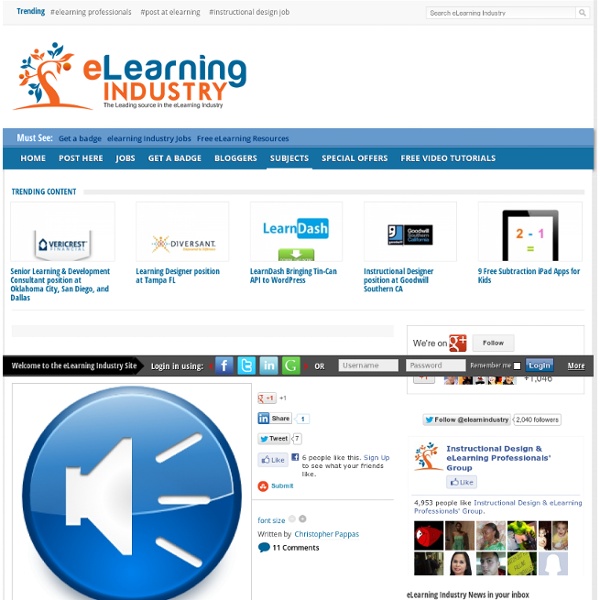19 Free Text To Speech tools for Educators

321 Free Tools for Teachers - Free Educational Technology
Jacob Lund/Shutterstock.com Summary: Would you be interested in the ultimate list of free tools for teachers? At the following post you will find 324 Free Tools for Teachers separated in 18 educational technology categories. Enjoy! Free Educational Technology for Teachers Do you support Free Technology for Teachers? I am a great supporter of Free Educational Technology. 19 Free Tools To Create Infographics For Teachers amCharts Visual Editor This editor allows you to use amCharts as a web service. 19 Free Text To Speech Tools For Teachers AnnouncifyListen to your web. Listen Text-to-Speech Voices with the Right Authoring Tool Vendor Find, choose and compare the top eLearning Authoring Tool Companies featuring Text-to Speech Voices! 21 Free Digital Storytelling Tools For Teachers AnimotoUnlimited Videos For Educators. 15 Free Podcast Tools For Teachers 28 Free Survey, Polls, and Quizzes Tools For Teachers addpollThe easiest way to create polls, surveys and html forms... on the web.
The Ultimate list of Free Stock Photos Sites for eLearning
Are you looking for free e-learning images, photos, cliparts or illustrations? In this post I will present you The Ultimate list of Free Stock Photos Sites for eLearning. If anyone of you have used one or more of the above Free Stock Photos Sites I will very much appreciate if he/she share with us his experience! PublicDomainPictures.net is a repository for free public domain photos. Get 2 Free eBooks Get the eLearning Industry's Articles in your inbox.
Related:
Related:



